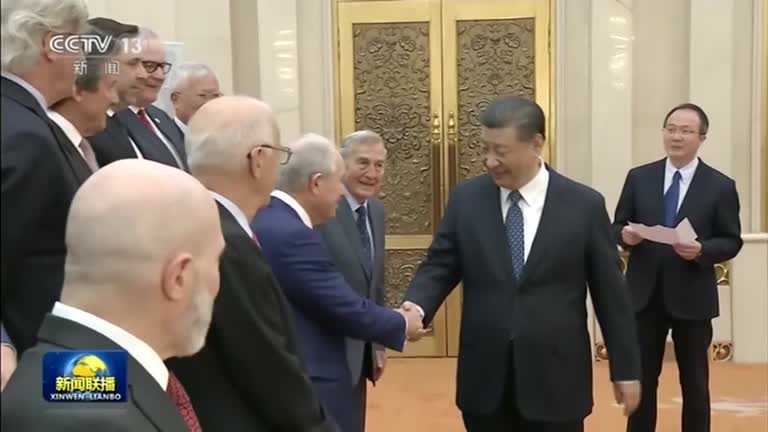
Nevertheless, the prevailing view is that China has yet to recognize its national innovation. Critics point out that there are many factors that make it difficult to be recognized as an innovative country in international standards, such as distorted subsidies and frequent government intervention in the market. Citing figures released by the World Intellectual Property Organization (WIPO), local media in China reported on Wednesday that China applied for 69,610 patents last year, overtaking the U.S. (55,678). China also applied for the largest number of patents in the world in 2022. As the number of applications is so high, tension is being read in the U.S. “There is no doubt that China’s increasing number of patent applications reflects its technological capabilities,” said Robert Atkinson, chairman of the U.S. ITIF. “If we ignore this, the U.S. will be like an ostrich that hides its head.” Despite a large number of patent applications without competitors, China still has a long way to go before it is recognized as an innovative country. In the national innovation index that WIPO evaluated based on 80 items last year, China ranked 12th out of 132 countries surveyed. Switzerland with far fewer patents than China ranked first, while Sweden and the U.S. ranked second to third. Korea ranked 10th.The U.S. Chamber of Commerce also puts the most weight on patent applications among 50 indicators, but China ranked 24th as of last year. The U.S. is the top. The Bloomberg Innovation Index also places a lot of weight on patents, but China ranked 22nd as of last year. The U.S. was sixth. Despite the overwhelming number of patents, why is China not recognized for its national innovation? Experts point out China’s market-distorting subsidy policy, the government’s excessive management and active intervention in the market, and excessive security awareness. They say that it is difficult for a normal market structure to operate at a time when the market freedom is low. Given that there is a limit to government-led innovation, prospects for innovation in China are bleak. “The Chinese government’s policy makes us feel that there is an army right near a private enterprise,” said Caroline Wagner, an associate professor at Ohio State University. “Many potential overseas collaborators are intimidated by the structure.” Some analysts say that the apparent number of patents does not lead to China’s national competitiveness. “China’s patents have been criticized for focusing only on quantity and providing huge subsidies to patent applicants,” Hong Kong’s SCMP said. “We are making efforts to eliminate plagiarized papers and reduce patent applications below a certain level.” In fact, the amount of investment that leads to technological innovation is considerably smaller than the number of patents. According to the OECD, the U.S. spent a total of 806 billion dollars on R&D, which is not even comparable to China’s 66.8 billion dollars. “China has applied for about 2.5 times more patents for AI technology than the U.S. over the past 10 years until 2018, which does not mean that the U.S. is lagging behind China in AI innovation,” partner lawyer Morris & Poor’s James Pulley told the Chinese media. Nevertheless, some predict that China’s innovation efforts could have some effect. “It is true that patent applications and papers in China are being devalued overseas, but the level is improving,” said Mark Cohen, head of the UC Berkeley AsiaIP project.
JULIE KIM
US ASIA JOURNAL



